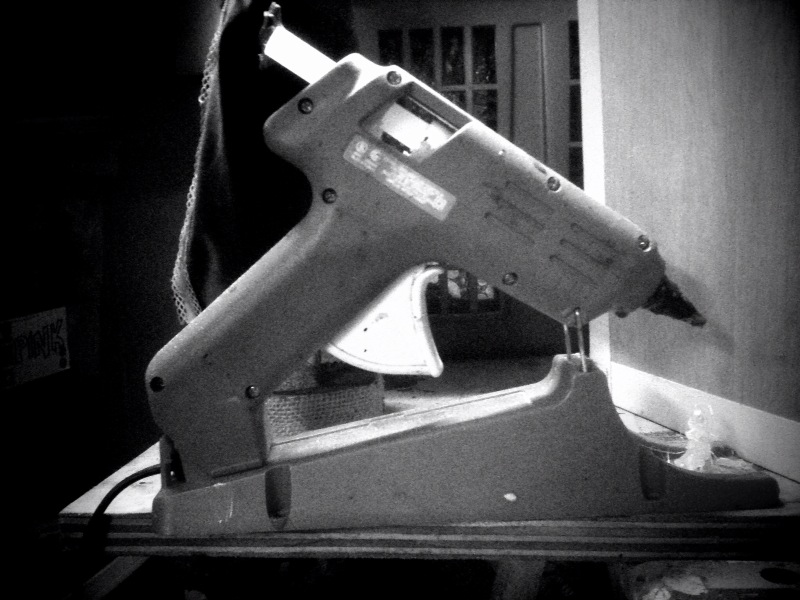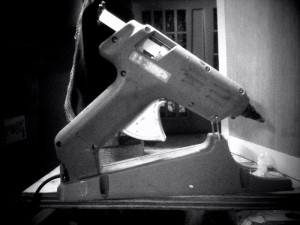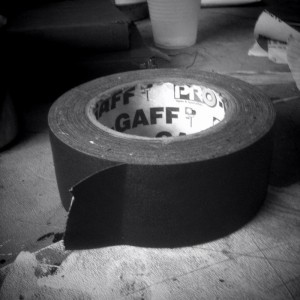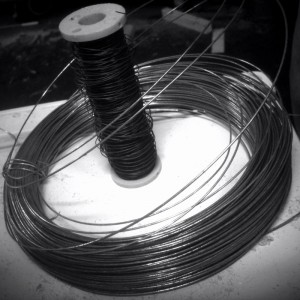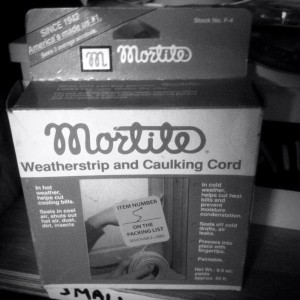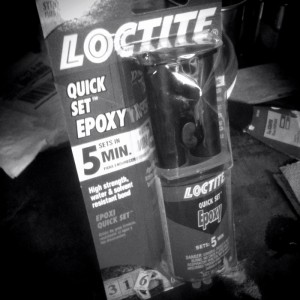In the 1940s, special-effects in the film industry were usually done by a division of the property department. A lot of the more common tricks were standardized. When an actor smashed a chair or other piece of furniture over another actor’s head, they made the chair out of balsa wood. In theatre, when we need a chair to break, we need it to break consistently night after night, so we usually don’t make an entire balsa wood chair. Instead, we take a chair which is already in pieces and reconnect the broken joints with thin dowels or a hidden piece of soft wood.
Film departments at the time made breakaway glass from confectioner’s sugar, which required specialized equipment. They were just beginning to develop specialized resins which could achieve the same effect. Of course, here we are seventy years later, and the resin we use for making breakaway glass is still fairly expensive and highly toxic to work with.
Blood was made with chocolate syrup and glycerine. Obviously the formula has changed with the popularization of color film. Even so, chocolate syrup is still used to add thickness and darkness to some blood formulas, and glycerine can be added for a bit of sheen.
Another gruesome effect seen a lot at this time was rigging a hollow spear on a wire. The wire was hooked to a piece of wood hidden under the victim’s shirt so when the spear was thrown, it slid along the wire and hit the wood. They even had a trick up their sleeve for disembowelment. A rubber knife was drawn across an artificial abdomen which was fitted with a zipper attached to an invisible string. When the string was drawn, the zipper was pulled, and out came the guts and black stuff.

